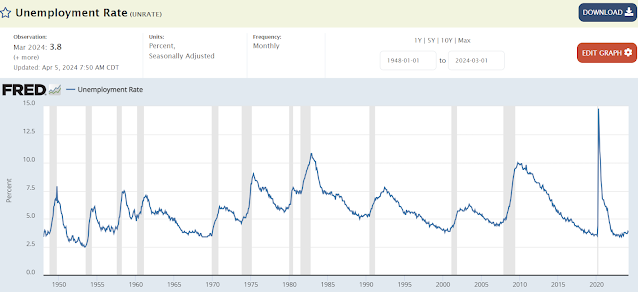Paul Rhode has an important new paper in the January issue
of Explorations in Economic History ("What
fraction of antebellum US national product did the enslaved produce?."
2024. Explorations in Economic History 91). Rhode frames the
argument against Ed Baptist’s claim that “almost half of the economic activity
in the United States in 1836, derived directly or indirectly from cotton
produced by the million-odd slaves…”, which has been not just repeated but exaggerated
by others. It was easy to show that Baptist’s claim had no foundation in either
theory or evidence and was purely a creation of Baptist’s imagination (see here),
but the question of how large a fraction of output was produced by enslaved labor
remained unanswered.
I have for years suggested that the place to begin an answer
to this question is the labor supply. Begin with the percentage of the labor supply
accounted for by enslaved people and then ask why the percentage of output would
be either higher or lower than the percentage of labor (see for instance here in
my
thoughts on Stelzner and Beckert’s attempt to answer the question). I was
too lazy to do the work, but fortunately for us Paul Rhode was not.
He estimates that the percentage of output was probably about
the same as the percentage of the population, around 12 percent. He also does a
series of robustness checks using alternative assumptions that raise or lower
the estimate a little bit. As with all such estimates people will be able to
quibble, but I think he makes a pretty strong case that it is difficult to
produce an estimate that is much larger than the percentage of the population.
Rhode’s conclusion is not just important because he debunks
Baptist. The flaws in Baptist’s work were so obvious that only people so
enamored with his conclusions that they were willing to completely disregard all
evidence continued to support his work. Rhode’s estimate is important because, like
recent work by economists Hornbeck
and Logan and the economic historian Joe Francis, it lays
waste to a tradition rooted in the work of Fogel and Engerman. In Fogel and
Engerman, slavery, although morally repugnant, was not just profitable it was efficient
and highly productive. Later economists, including Engerman and Sokolof, would
argue that despite its productivity slavery had negative long run consequences
(see here
for instance). But this recent work says that slavery did not just have
negative long -term consequences, it was a massively inefficient misallocation of
resources while it was taking place. Rhode’s conclusion that the fraction of
output produced by enslaved labor was about the same as the fraction of the population
accounted for by enslaved people means that the fraction was much less than the
percentage of the labor force accounted for by enslaved people, about 22
percent in 1860.


